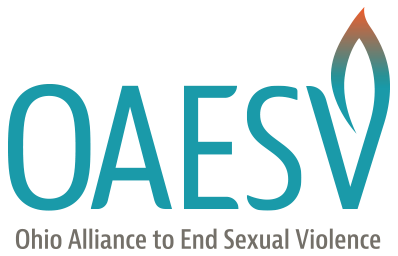Thirsty Thursday Blog – Re-Engaging the Team
 Many of the technical assistance questions I receive share a common theme about getting a team back on track. This has been especially true in the midst of COVID-19, which forced several teams to cease in-person meetings. In addition to having to navigating the pandemic, there are many other reasons why teams fall into a slump, or eventually stop meeting. From a loss of a dedicated team member to a change in funding, this response can be quite typical. The good news is that teams can most certainly get themselves out of this slump. The following are just a few different ways I have seen teams get re-engaged after a break or shake up.
Many of the technical assistance questions I receive share a common theme about getting a team back on track. This has been especially true in the midst of COVID-19, which forced several teams to cease in-person meetings. In addition to having to navigating the pandemic, there are many other reasons why teams fall into a slump, or eventually stop meeting. From a loss of a dedicated team member to a change in funding, this response can be quite typical. The good news is that teams can most certainly get themselves out of this slump. The following are just a few different ways I have seen teams get re-engaged after a break or shake up.
Find a project to inspire team members: Oftentimes, people need a project to work on to get them inspired about the work. Suggesting and collectively identifying a small and meaningful project – like updating policies, collecting data to identify gaps in services, a small-scale evaluation, or creating a social media outreach strategy – can really kick start that re-engagement process. The Attorney General’s Office has been rolling out the sexual assault kit tracking (SAKT) initiate over the past year and will be brining it full scale by the end of this month. This is a great opportunity to assess your current work by collecting and monitoring kit tracking data using this system. When teams have lost their momentum, and then try and tackle a large project before re-engaging all members, they continue to struggle with the same issue of lack of motivation. This is why I recommend taking on small and meaningful projects to build confidence and relationships.
Seek out new team members: When the team is regrouping, it’s a good time to ask if you have all the players present who should be at the table. Your team should be reflective of the community you serve. Sexual violence is a community issue and a CCRT/SART should include community members who want to be a part of the solution. This could include faith-based leaders, culturally specific organizations, LGBTQIA inclusive agencies, and key stakeholders who may not necessarily belong to any particular organization. Take time to review your current membership and if you find that there are key players missing, inviting new members can bring energy and enthusiasm to an un-engaged team.
There are several options for teams to come back together and determine how they want to move forward. Looking back on past accomplishments or assessing the state of your current work can help the team craft new goals to work towards. Remember, slumps are a normal feature of multi-disciplinary team work. You can and will overcome them!!
